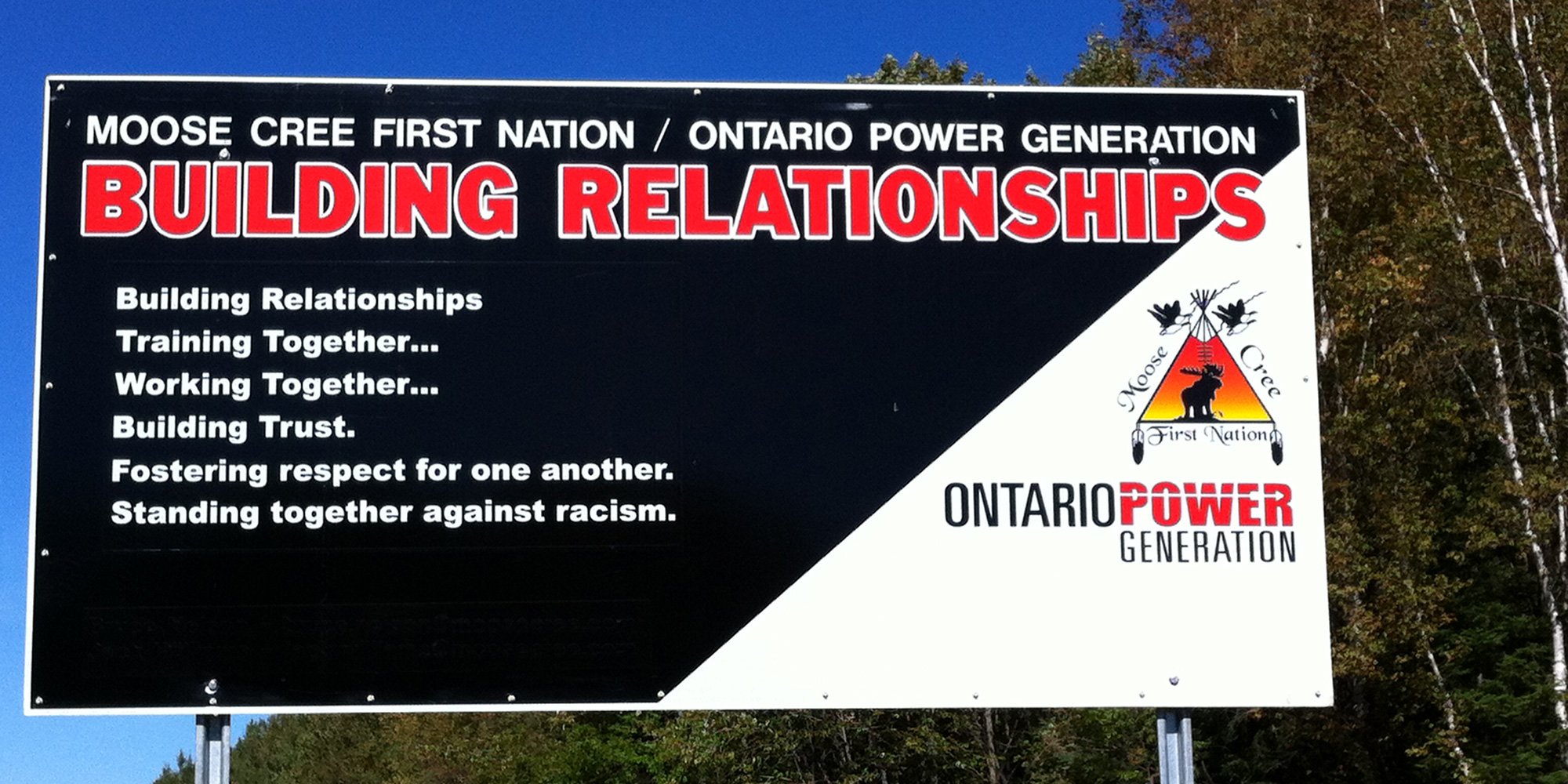Pretendians and the Indian Act
When we prepare an article for our blog, Working Effectively with Indigenous Peoples®, we put considerable thought into the title - how will it...

While Idle No More has brought national and international attention to Aboriginal issues, those within Canada’s resource sector have been keenly aware that the old ways of approaching engagement with Aboriginal communities are changing. Many resource companies are taking proactive approaches to engage early and engage often. However, there is still uncertainty about how to approach conflict when negotiating agreements, largely due to clashing worldviews.
Historically, settlements and agreements have overwhelmingly favoured non-Aboriginal interests and worked against those of Aboriginal people. Broken promises and treaties, forced land claims, and policies of assimilation and annihilation have occurred using Western methods of negotiation and settlement-based conflict resolution. Increasingly, what is required is an altogether different approach—one that recognizes Indigenous worldviews as well as the importance of building trust and consensus through interconnected relationships.
Western negotiation strategies do not acknowledge nor accommodate differences in culture—particularly the underlying worldviews that shape culture—and so privilege Western culture. When Aboriginal worldviews are not accommodated, already marginalized and colonized peoples’ ability to meaningfully contribute to a consensus-based agreement is restricted, and the voices of Indigenous people are largely silenced. Exploration and adoption of Indigenous conflict transformation strategies are necessary for healing cultural rifts and repairing the damage of colonization. However, in order for this to occur, a greater understanding of Indigenous worldviews is necessary.
Western worldviews include a linear, present-centred conception of time; individualistic versus communally based interests; a human-over-human conception of relationships, as evidenced by zero-sum negotiations and agreements; and human-over-nature conceptions. In many conflict resolution styles, intellect and technique are privileged over emotional experience; indeed, emotions are considered roadblocks to “work through” so that the real issues can be analyzed.
On the other hand, characteristics of Indigenous philosophies include a circular or spiral conception of time; a holistic conception of the universe; a nonhierarchical, shared-power conception of human relations; and unity in relationship of care and responsibility with nature. The perceptions regarding the transformation of conflict differ as well based on a paradigm of interconnectedness, an emphasis on process and relationships over techniques and strategies, and a holistic approach to consensus. Reconnection with community, with ancestors and future generations, with nature, and with self are all part of the outcomes of Indigenous conflict transformation.
There are multiple methods of transforming conflict among Aboriginal people, including peacemaking circles, which have gained widespread attention for their effectiveness in restorative justice. While conflict transformation techniques are not universal among Indigenous people, there are similarities that can provide grounding for industry to create meaningful agreements with Aboriginal communities. Understanding the focus on relationship, reciprocity, and reparation are part of the holistic nature of the Indigenous worldview. An integrated approach to negotiation that includes awareness and acceptance of Indigenous worldviews—and the willingness to speak both from the head and the heart—provides a greater probability of a win-win outcome.
Consensus is achievable only when all the participants are regarded as equal and all the worldviews represented are validated and accepted. Lived experiences of Indigenous people must be heard and respected. Everyone must be given the opportunity to speak and to be heard, and a commitment to stay with the process for however long it is necessary to reach consensus is required. All parties must understand that the goal is not settlement or agreement but healing of relationships that have been damaged by colonization, by broken promises, by subjugation, and by policies of assimilation. When healing becomes the end toward which all parties are striving, peace and true resolution become possible.
All my relations.
By Tanya Laing-Gahr
Walker, P. (2004). Decolonizing conflict resolution. American Indian Quartlerly, 28 (3/4), 527-549.
If you enjoyed "Resolving Conflicts" by Tanya, here's another of her articles "Creation Stories - The Origins of Culture".
Featured photo: Bob Joseph

When we prepare an article for our blog, Working Effectively with Indigenous Peoples®, we put considerable thought into the title - how will it...

When it comes to a handshake and Indigenous Peoples what could possibly go wrong? Many people like to shake hands and always offer a hand when...

This article goes out to all the people who organize events that include Indigenous speakers and we thank one of our readers for suggesting we write...